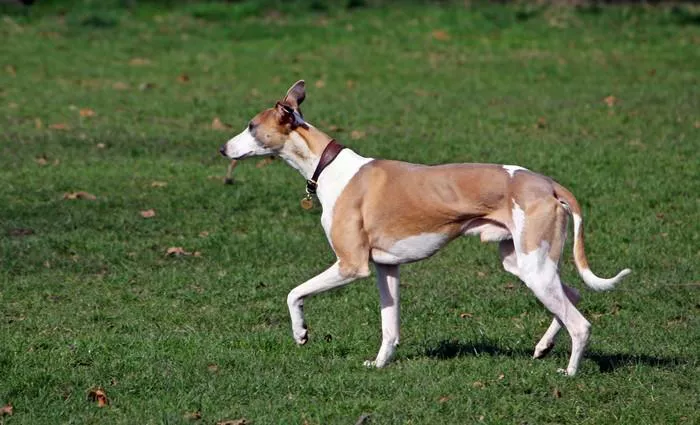Sporting dog breeds have long been recognized for their agility in hunting, but their versatility extends far beyond the field. These remarkable canines are increasingly being employed in diverse roles, showcasing abilities that challenge traditional boundaries and redefine what these dogs are capable of achieving. From conservation efforts to search and rescue, and even invasive species control, sporting breeds are proving indispensable in various sectors.
Conservation Canines: Key Players in Environmental Protection
Sporting breeds, particularly Labradors, have made significant contributions to conservation efforts. Jeff Milner, a retired Indiana Conservation Officer, recalls a gripping experience where his Labrador tracked down four suspects after a police pursuit, demonstrating the breed’s exceptional scent detection skills. Milner, a founding member of the Conservation Canine Officers Association (CCOA), highlights the many applications of these dogs in conservation law enforcement. In Washington, for instance, cockers are used for geoduck snail detection, while Indiana’s Labs focus on uncovering illegal ginseng digging and poached turtles.
The CCOA, established in 2020, supports K9 teams working across the U.S. and Canada, enhancing their professional development. Sporting dogs excel in search and rescue (SAR) operations, where they are tasked with finding missing persons across vast rural areas. Their remarkable sense of smell also aids in human remains detection, particularly in bodies of water, making them invaluable in the field.
Combatting Invasive Species in Florida with Sporting Dogs
In Florida, sporting dogs are tackling the growing threat of invasive species. Mike Kimmel, the “Python Cowboy,” relies heavily on his dog Otto, a German wirehaired pointer, to locate and control invasive pythons and iguanas. Pythons, particularly, pose a severe threat to Florida’s native wildlife, and Otto’s role in detecting hidden python nests has provided invaluable data to control efforts. In just one season, Otto helped uncover 22 nests, significantly advancing the state’s ability to manage this invasive species.
Tracking Mountain Lions with Drahthaars and Hounds
In the high deserts of the Southwest, the versatility of Drahthaars is on full display as they join forces with hounds to track and tree mountain lions. Chad Reynolds, a former military K9 handler and expert trainer, uses Drahthaars alongside hounds to enhance the efficiency of his hunting team. Drahthaars, known for their quick scent detection and aggressive pursuit, play a crucial role in closing in on prey, particularly in challenging environments where speed is vital.
Sporting Breeds as Life-Saving Diabetic Alert Dogs
Beyond their work in the wild, sporting breeds like English field cockers are being trained to help people with diabetes. Libby Rockaway, a neuroscience student, founded M.D. Dogs, a nonprofit organization dedicated to training medical detection dogs for individuals with type 1 diabetes. Sporting dogs are ideal for this work due to their excellent noses, manageable size, and calm temperament. These dogs can detect blood sugar fluctuations and alert their owners to dangerous highs or lows, providing a life-saving service to those in need.
Versatility Extends to Protection Work
Sporting breeds are also making waves in protection work, as demonstrated by Blitz, a German shorthair who became the first of his breed to achieve a Schutzhund title in North America. Sondra Rolison, Blitz’s handler, broke barriers by training him in protection sports, a domain traditionally dominated by breeds like German Shepherds. Blitz’s success challenged perceptions and proved that sporting dogs could excel in areas beyond their expected roles. Rolison’s subsequent success with several Deutsch Kurzhaars further highlights the potential of these breeds in protection, tracking, and even bite work.
Redefining Versatility
The remarkable range of roles that sporting dog breeds now fill is expanding what we know about these animals. Whether working as conservation canines, tracking missing persons, controlling invasive species, or assisting with medical needs, these dogs are proving that versatility is not just a buzzword but a way of life. As handlers and organizations continue to push the boundaries, the question arises: what other unexpected roles might these remarkable dogs take on next?

